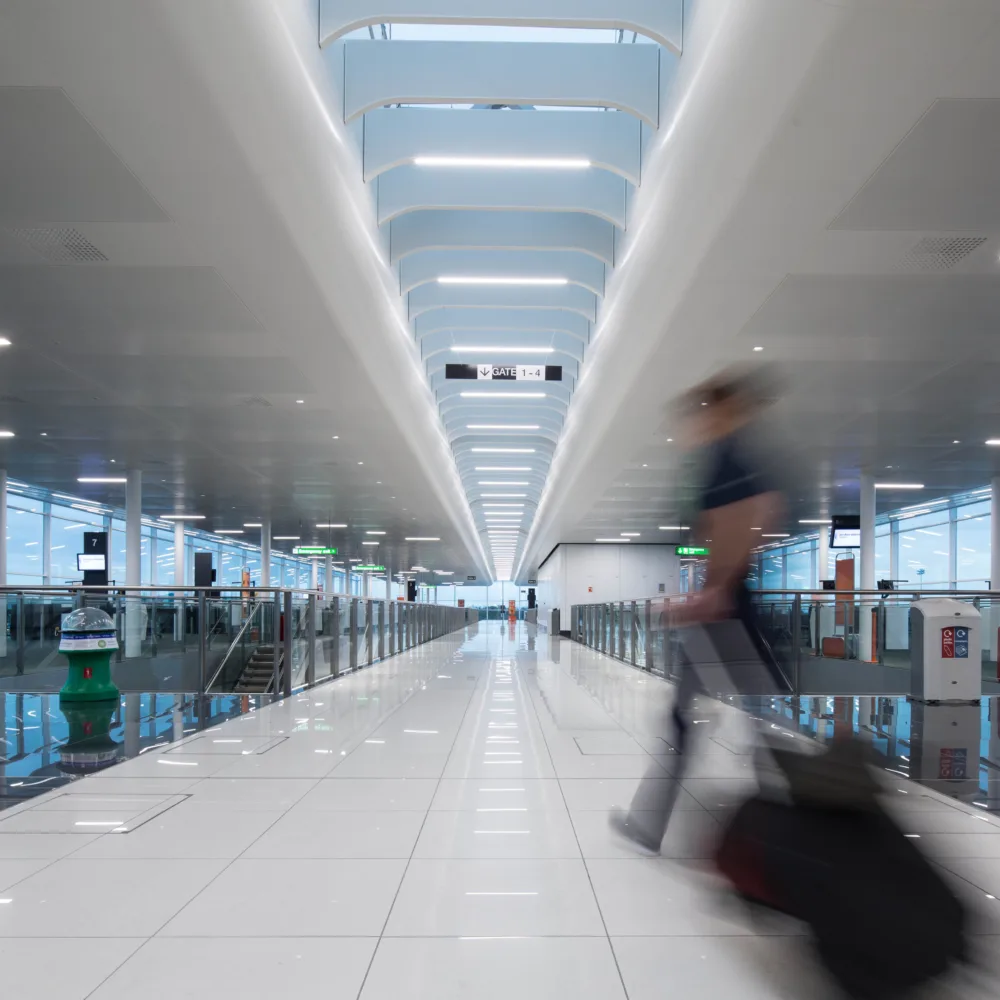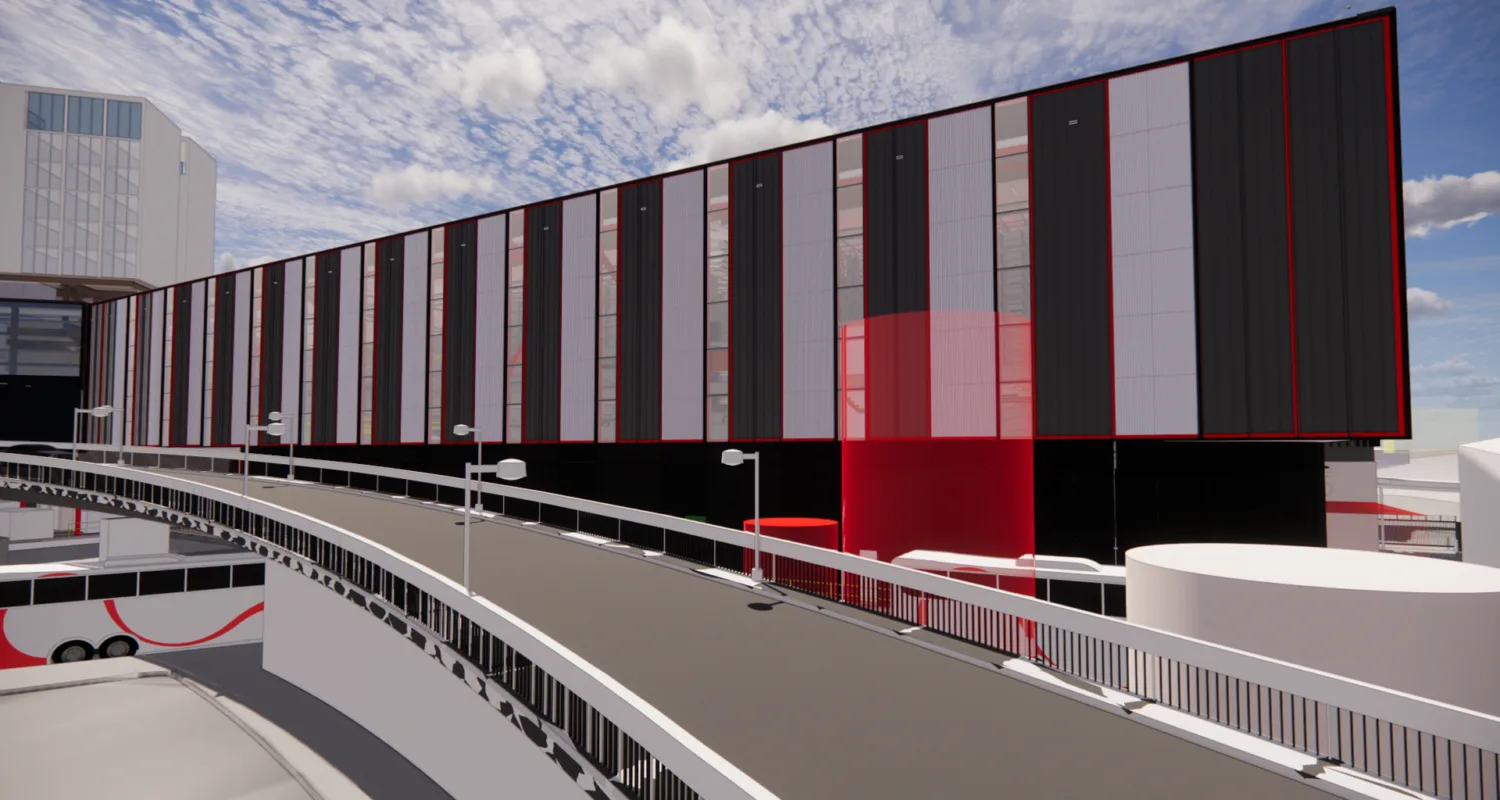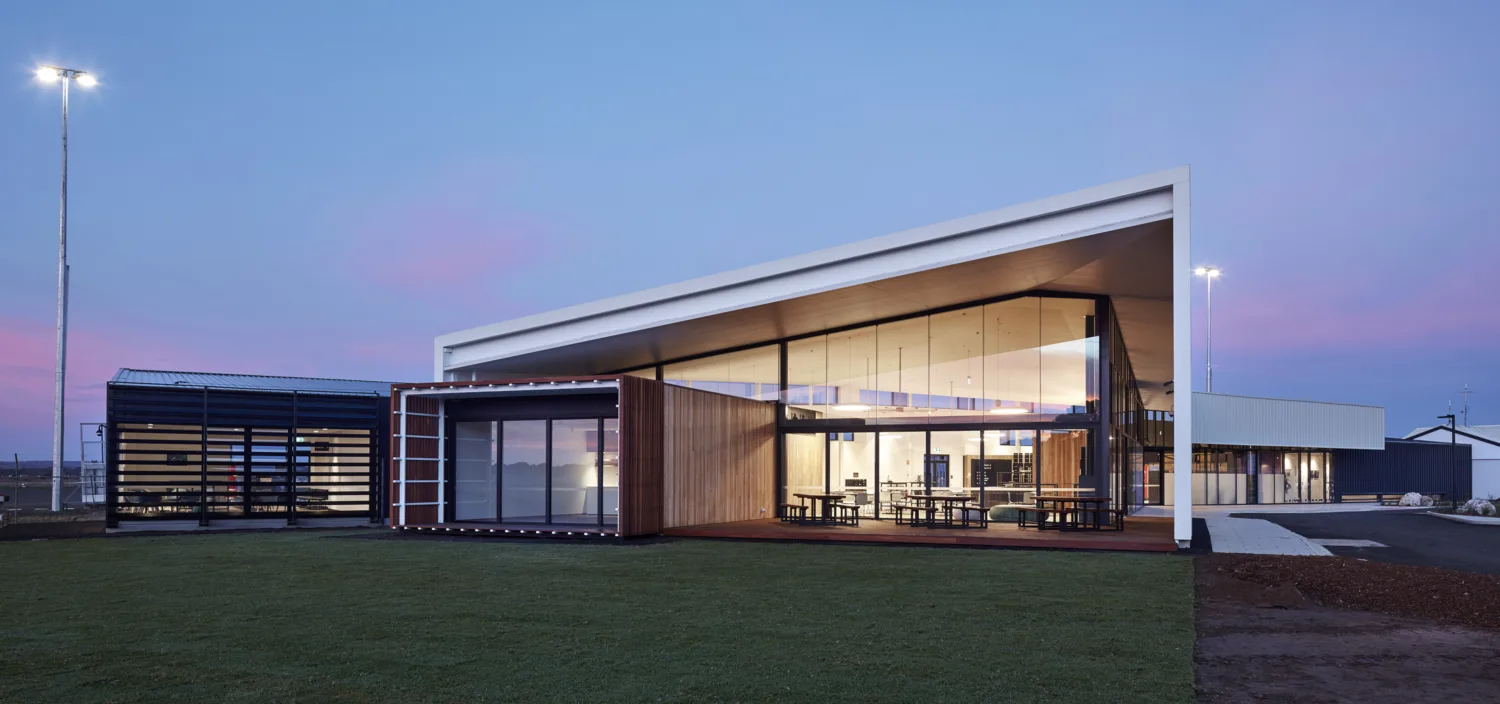Terminal design: exploring the limits
Imagine standing at an airport, ready to embark on a journey. As you step into the terminal, you're greeted by a symphony of architectural wonders, sustainability innovations, and a seamless blend of aesthetics and functionality. This experience is no accident as it is the result of the joint efforts of architects and engineers collaborating to create an ideal terminal design.
In this blog post, we embark on our own journey, exploring the limits of terminal design with a focus on sustainable engineering. We will uncover how innovative design can optimise the passenger experience, embed sustainability, balance architectural and operational efficiency, and ultimately elevate human-centered design.
Optimising the passenger experience
Since passenger air traffic has resumed to its pre-pandemic levels and travellers have regained their sense of adventure, the enjoyment of the journey has become as important as the efficiency of transportation.
For most, their journey through the airport only occurs once a year, often with family and friends who may be unfamiliar with the surroundings and security processes. These factors all contribute to passengers' stress when traveling. Therefore, terminal design is fundamental to enhancing passenger satisfaction and reducing stress in the context of the overall airport experience.
This means strategically planning layouts to minimise walking distances, reduce congestion, and support a sense of location as they move through the terminal. It's also about making the terminal a comfortable and pleasant place through natural light, green spaces, and architectural elements that put travelers at ease. Terminals now boast a variety of amenities – lounges, spas, and entertainment venues – that cater to diverse needs of passengers during their waiting period and layovers.
Moreover, airports should reflect the cultural aspects of the region they serve, as they act as the gateway to the country and are the travelers’ first experience of the region and culture. Incorporating local art, traditions, and design elements give a unique sense of the place. This synergy of aesthetics, efficiency, and culture creates a terminal that ensures passengers are not only reaching their destination but cherishing the journey.
Achieving net zero
At Cundall, our commitment to sustainability takes center stage in our approach to aviation infrastructure design. Achieving net zero carbon emissions is increasingly common, and with a growing awareness of the environmental impact of air travel emissions, it is crucial for airport terminals to showcase sustainability in their design.
There are several ways to achieve this, primarily through energy efficiency, reduction of natural resource consumption, and use of sustainable materials.
Modern terminals implement energy-saving lighting, controls, energy sharing and recovery, and climate control systems that adapt accordingly to the time of day and season. This can be taken further, if designed correctly, to consider flight schedules and the flow of passengers through the terminal spaces.
Once energy use has been optimised, there can be consideration of renewable energy sources such as solar panels, natural water sources like aquifers and lakes, or geothermal energy. Water stewardship conservation is also a priority, with terminals featuring water-efficient plumbing and rainwater harvesting systems.
By considering recycled and locally sourced materials, airports can reduce the embodied carbon footprint. Furthermore, terminals are embracing green spaces, from green roofs to indoor gardens, not only to reduce embedded emissions, but also to improve air quality, internal shading and glare control. Incorporating biophilic design principles is also very beneficial for the wellbeing of travelers, reducing stress and calming the environment.
Balancing form and function
One of the challenges in terminal design lies in balancing visual appeal and operational efficiency. Collaboration between architects, engineers, and airport operators ensures that the terminal's design is both aesthetically distinctive and operationally excellent.
Modular design is an emerging direction that allows for flexibility and adaptability without compromising architectural intent. Sustainable aesthetics are also a rising trend, where visually stunning terminals openly display such elements as bamboo fitted ceilings and pillars that align with airport’s environmental goals. When the two worlds of form and function harmonise, the result is a terminal that elevates the senses and facilitates seamless travel.
Human-centered design
At the heart of terminal design is a commitment to accessibility and focusing on the needs of all travelers. Universal design principles sit at the forefront, ensuring spaces, amenities, and connections are welcoming and functional for everyone, regardless of age, ability, or mobility. Wayfinding and signage should be carefully planned to support user-centric and intuitive guidance. The arrangement of check-in counters, security checkpoints, and departure gates should help passengers navigate effortlessly from the entrance to the boarding gate while facilities within the terminal, such as restrooms and seating areas, should be designed for comfort and accessibility.
Technological integration
The digital environment is playing an increasingly key role in the passenger journey through the airport, providing real-time flight information, seamless wayfinding, and interactive shopping experiences. While assisted support is still required, integrating technology can empower passengers with self-service check-in kiosks and mobile apps, creating a more fluid interaction with direct control over their travel experience.
Biometric identification and smart baggage systems streamline processes, reducing wait times and enhancing security. Advanced security measures like facial recognition, contribute to heightened safety standards, making travel efficient and secure.
As a final element, ongoing feedback from passengers informs continuous improvements in terminal design, and the human experience remains at the forefront.
Ready for take-off
In the world of aviation, terminal design is an art form that shapes the future of air travel and provides a sense of location and culture. The pursuit of innovative design, sustainability, operational efficiency, and human-centered principles are essential in expanding the possibilities of what airport terminals can become. As air travel continues to evolve, architects and engineers will play an important role in designing terminals that are not only aesthetically pleasing and technologically advanced but also efficient and scalable. The ability to adapt to changes in passenger volume, aircraft size, and technological advancements is crucial for long-term success. Terminals that can easily accommodate future expansions or modifications ensure that the airport remains a functional hub for years to come.









